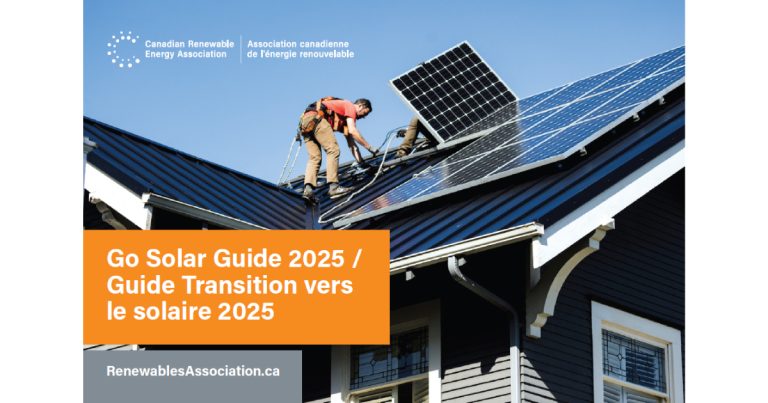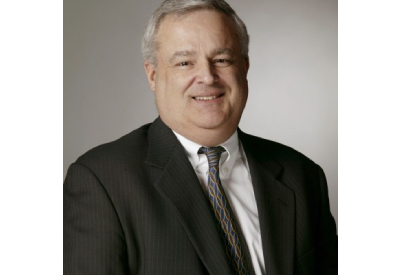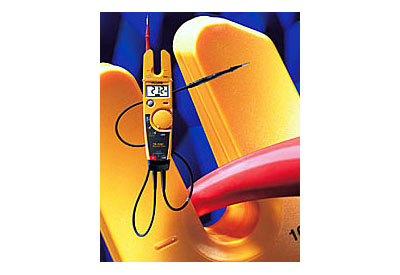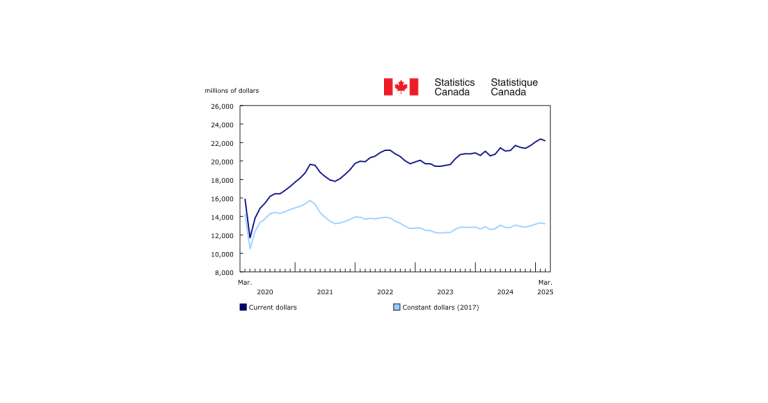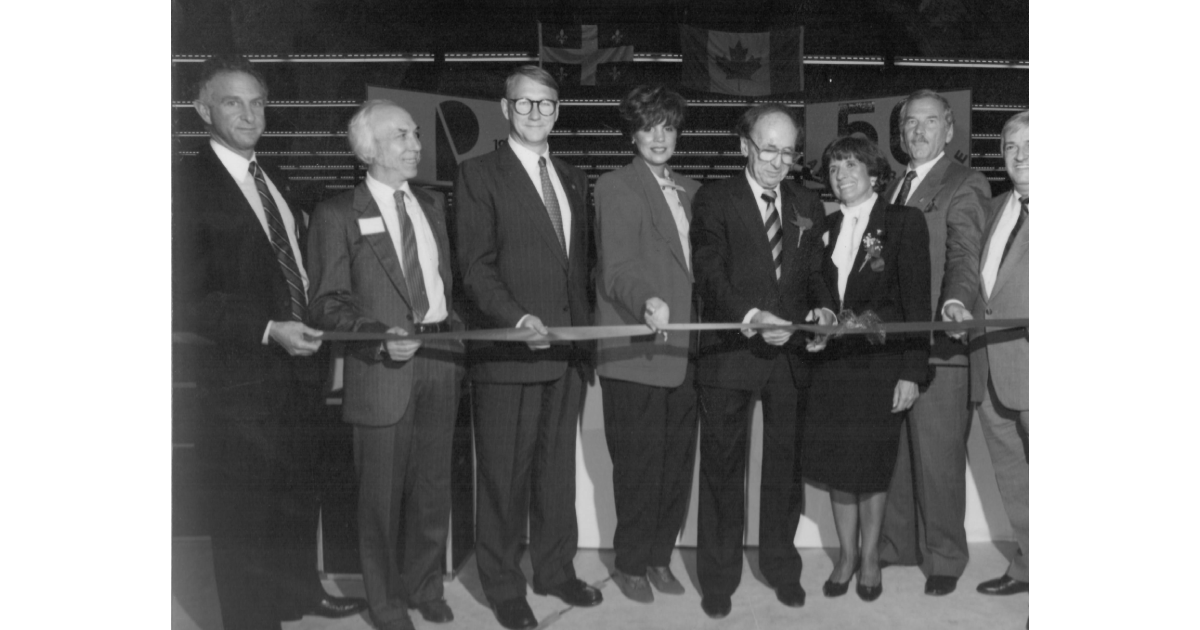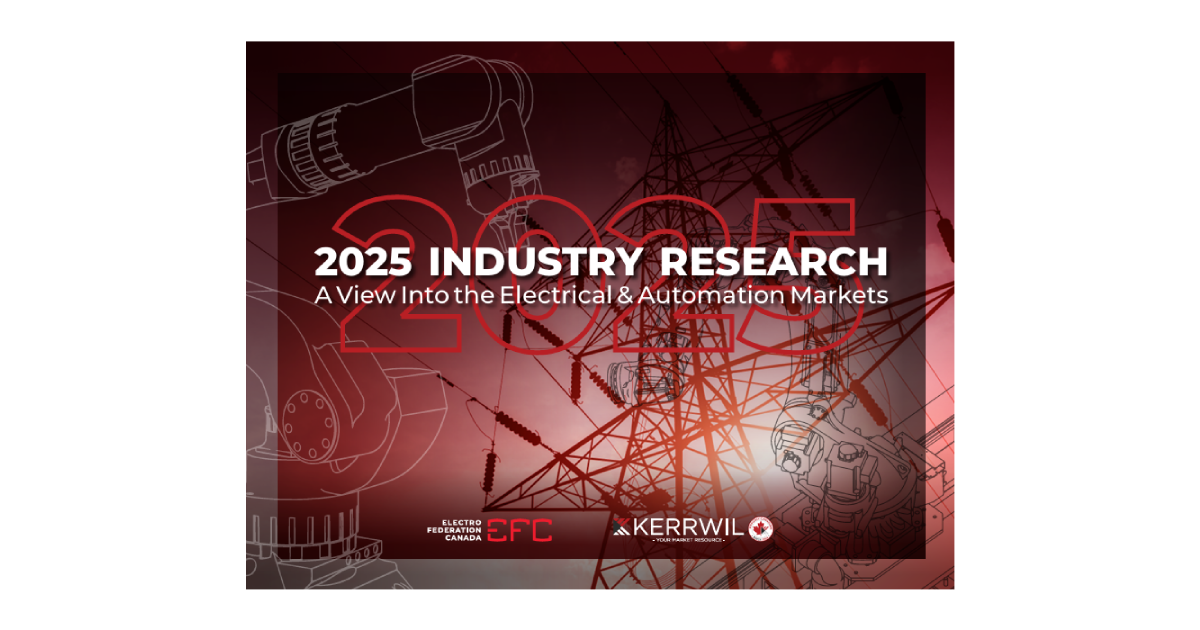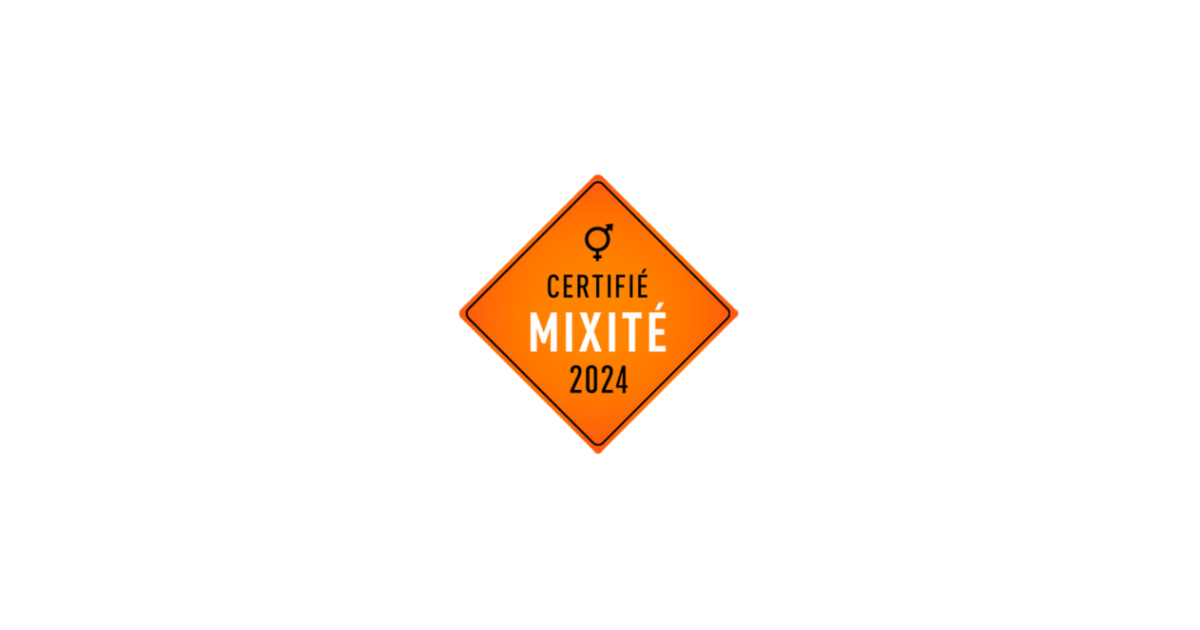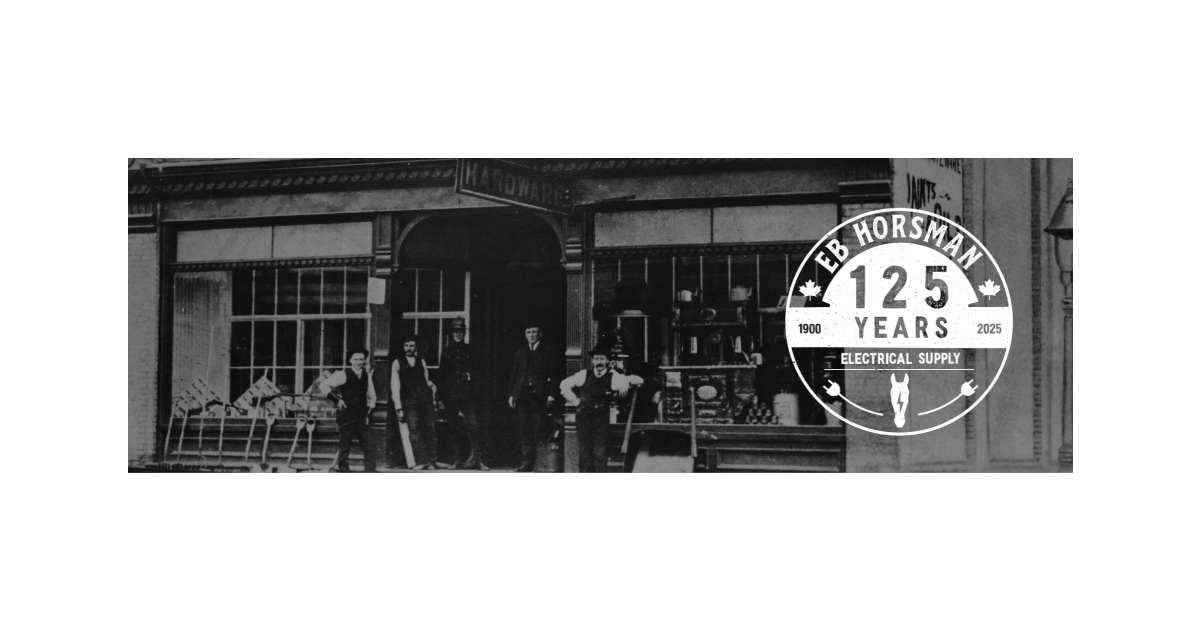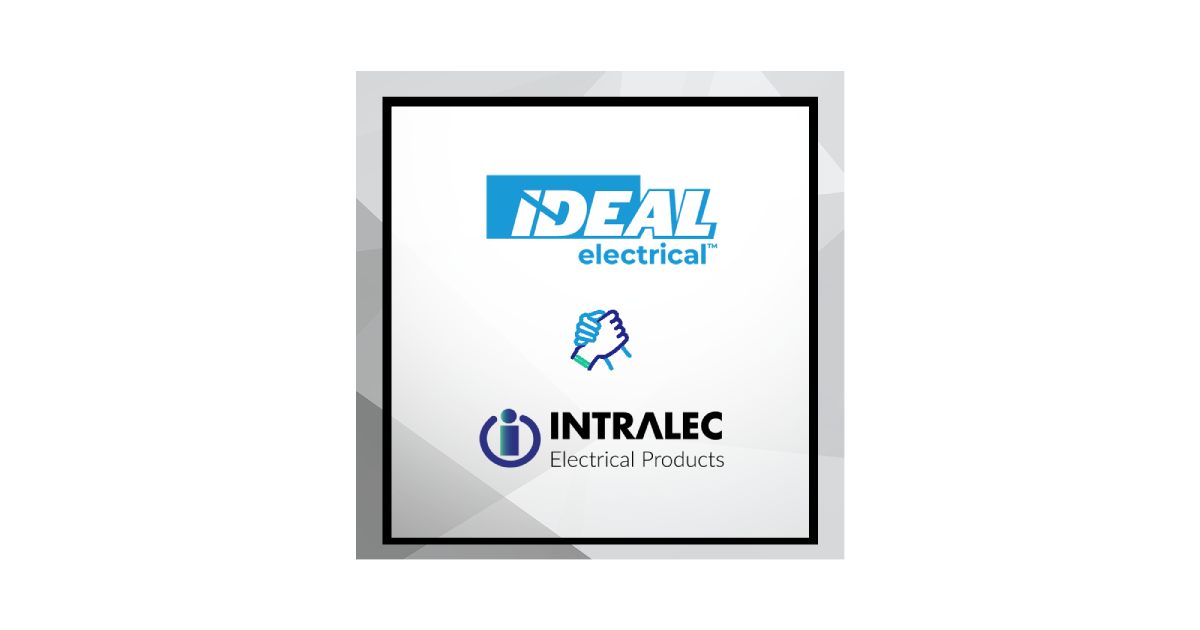Summary of ESA’s 2023 Technical Q&A
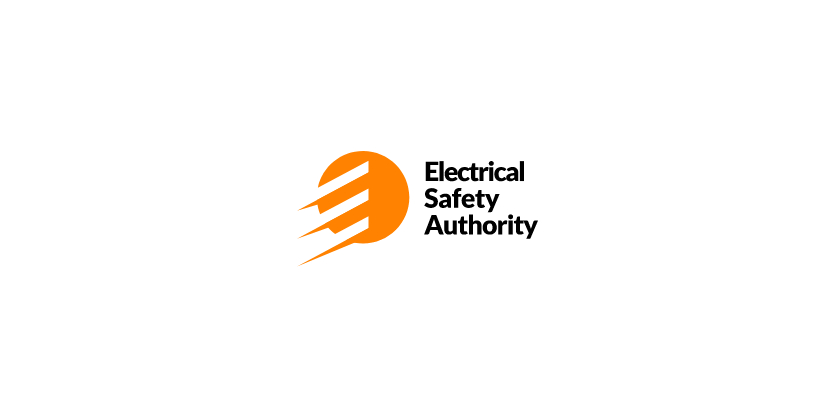
January 23, 2024
This article is a summary from the Technical Q&A as part of ESA’s Annual General Meeting, held on November 22, 2023. The Technical Q&A is hosted by ESA Technical Advisor Keith Bartlett working with Technical Advisors, Diana Madill, Trevor Tremblay, Robert Mitchell, and Darrin Smith to answer questions pre-submitted by LECs.
The questions and answers are transcribed from the presentation slides, Bartlett is quoted in instances where he elaborates on the slides, and paraphrased explanations are in italics.
Arc-Fault Circuit Interrupter
Please provide some reviewed studies that prove arc-fault circuit interrupters (AFCI) are needed.
“The AFCI requirements were initially introduced in the CE Code in 2012, initial in sleeping areas of dwelling units, and was backed-up with a lot of research and statistics that prove they achieve higher safety measures. The requirements for AFCI within dwelling units had been expanded and adopted in the OESC.
The Ontario Electrical Safety Report (OESR) shows positive trends in reduction of home fires.
While the reduction in fires may not appear dramatic at first glance (6% decrease between 2017 and 2021), it is relevant to realize that there are more dwellings in Ontario than ever before, and there are still a significant number of legacy installations that do not have the enhanced wiring that newer properties enjoy.”
Why is the arc-fault breaker tripping when it’s to the washing machine? This usually happens with newer homes, 5-6 years.
“AFCI devices can operate for many different reasons, some are not obvious without further investigation.
With further investigation you may find it actually a different source causing the AFCI to trip.”
Rationale:
“AFCI protection, at this time, is only mandated in residential properties on branch circuits that feed 15A or 20A 120V receptacles, with some exemptions. The technology employed looks at the current waveform signature for distortions that could be the result of an arc. Unfortunately, the products available cannot identify whether the observed arc is on the line or the load side of the device, and it cannot distinguish if it’s a wiring fault or the result of a product. For example, internet boosters have been reported to be a cause of AFCI devices tripping.”
“Submitting issues to Electro-Federation Canada’s website will help expediate the reliability of these products.”
When you report nuisance tripping the code committees will be able to review it, and that will allow them to make educated decisions on where AFCI devices are required or if there are issues that need to be addressed at the manufacturer level.
Any chance the rule of AFCI exemptions for sump pumps can be applied to stand alone appliances (washer, microwave, gas stove)?
“Currently, there are no code proposals addressing this exemption. If you are interested in seeing this change, you can submit a code proposal with rationale and supporting information for your request to CSA Section 26. See Appendix C (C6 and Annex B) of the code book for more information.”
ESA wants LECs to be advocates for the code in coming forward with proposals based on what they see in the field.
“You see it firsthand, don’t leave it to AHJs or designers or manufacturers to manage your code for you,” said Bartlett, “We would like you to have a voice in bringing these items forward.”
When you submit a proposal, Bartlett said, “You get opportunities to defend your code proposals, to go in front of the code committees and explain why you believe your code proposal should be moved forward. And you can understand better how these code rules are created and managed.”
You can report AFCI nuisance tripping HERE
Renewable Energy and Energy Storage Systems
Are there any planned changes that will allow Lithium batteries to be used in homes and off-grid cottages?
“Yes, currently they are permitted to be used in dwellings, under the guidance of ESA Bulletin 64-8-*.”
Rationale:
“These products are continually evolving, and the codes and standards are working continuously to keep pace. The requirements in the upcoming 2024 CE Code have been updated and are being reviewed to determine if they could be implemented in Ontario before the adoption of the new OESC, potentially in 2025.”
Are the fire rated room requirements for battery energy storage systems (BESS) installations in the home going away, like in Alberta?
ESA is reviewing the changes to the upcoming 2024 CE Code and is considering adopting changes that will reduce the burden on the industry ahead of the next OESC by amending ESA Bulletins.
Any changes in the OESC for home solar panels?
ESA are reviewing the changes introduced to the CE Code and will begin the process of updating the OESC to match. They have recently introduced Bulletin 64-9-* to address DC to DC converters (optimizers).
DC to DC converters have been around for a while, but the technology has improved, and they have become more efficient for other functions, which is addressed in Bulletin 64-9-*.
Could photovoltaic (PV) rapid shutdown requirement be dropped in certain isolated island installations with no access to fire fighter crews?
“Currently, there have been no code proposals to amend the requirements of Rule 64-218 for remote properties. If there are sites that are not able to comply, they can request a deviation.”
Electric Vehicles (EV)
What are the limits of EV charger loads on a 100-amp service?
“Depends on the size of the EVSE (Electric Vehicle Supply Equipment) and existing load on the service. May require a load calculation based on Section 8 or follow Bulletin 8-3-* to use historical demand.”
I installed a 50-amp receptacle in a residential garage, using No. 8, on a 50-amp breaker. Received a defect because of 48A charger.
“A 48-amp EVSE is a continuous load and requires a 60-amp breaker unless the breaker is rated 100%. The circuit feeding the receptacle must match the voltage and ampere rating of the receptable, 50-amp breaker, and 50-amp conductors. This is identified in Section 8 and Section 86.”
How do I size the cable for EVSE, if hardwired?
“Start with the load that the EVSE is marked with on the nameplate of will be set to if the unit meets the criteria in Bulletin 86-1-*.
For this example, let’s assume a level 2 charger that is marked 48A on the nameplate. The service has been confirmed to be adequate to handle the additional equipment and the panelboard is 20 meters of cable away, so voltage drop will not require an increase.
From Table 2:
No. 8 AWG is rated for 50A in the 75°C Column
No. 6 AWG is rated for 65A in the 75°C Column
Rule 8-104 6) a) limits the continuous load on the conductors to 80% of the rating obtained from Section 4.
0.80 x 50 = 40A < 48A (undersized)
0.80 x 65 = 52A > 48A (compliant)
From Table 4:
No. 6 AWG is rated for 50A in the 75°C Column
No. 4 AWG is rated for 65A in the 75°C Column
For a code compliant installations No. 6 AWG copper or No. 4 AWG aluminum connected to a 60A overcurrent device.
A task force is reviewing the application of Rule 8-104 to determine if it needs to be amended.”
Would like details regarding installing EV chargers inside garages and beside buildings regarding fire rock.
“At this time, there are no restrictions in Ontario for the installation of EVSE as related to quantity, location, or the structure that they are secured to. There have been reports of specific regions outside of Ontario or even some private buildings in Ontario, implementing limitations for the location, or quantities, or banning the installation of EVS. Those extreme restrictions are examples why you, the LEC, and ESA work so diligently to ensure that the systems are proven safe as the technology grows in popularity and to bring confidence to the public that these are safe when installed properly by professionals.”
How to properly size wire using the new tables to address voltage drop?
“The new tables will not be used in Ontario until the next code update, likely in 2025. There will be training offered at that time, which will be more instructive.
Rule 8-102 has been amended, and a new Table D3 has been developed to improve the formula for voltage drop in the CE Code, which is the foundation for the OESC.”
Wiring
We are required to give a device count when taking out a permit, what if we don’t know the count yet?
“We do request the applicant provide a count and breakdown of the outlets and devices as a notification is being created. The applicant is free to reach out to the Customer Service Centre to have the quantity adjusted, once they determine an accurate device count and breakdown. When they do, the count is updated, and the fees are adjusted accordingly,” explained Bartlett.
“You want to make sure the notification is as accurate as possible to the work that you completed, so that ESA can identify if work was down by an LEC or by an unqualified worker if there are any issues in the future.”
When is ESA taking over inspection for communication cabling?
“Section 60-Electrical Communication Systems is deleted from the OESC. ESA does inspect “power over Ethernet”.
Power over Ethernet is addressed in Section 16 of the OECS.
There’s been no request from the government for the ESA to expand their scope to communication wiring.”
Clarification for Table 2 ampacity when the termination point (breaker) is rated at 75C. Do we use the 75°C column?
“4-006 requires any equipment marked 75°C to use the 75°C column.
The answer is typically yes, but it depends on what the end termination is, and the wiring methods deployed in the middle of the installation.
The Appendix B note to Rule 4-006 and Bulletin 4-12-* clarify that in most cases, where products rated 600 V or less are evaluated to applicable product stands, conductor sizes similar to the 75°C Column or Table 2 or 4 are used. However, when the equipment is not marked with a termination temperature, Rule 4-006 2 a) or 2 b) shall be followed.”
About built in microwave wire, many of them are 1800 w (16.4 A). Why is a 14 AWG (15 A) wire acceptable by inspectors?
“The microwave, as an appliance, comes with a plug, the plug is typically 5-15P, which fits into a 5-15R receptacle (14 AWG). If it is hardwired (not typical for most homes). Then it may need a 20 A breaker with 12 AWG cable.”
Does an extra-low-voltage (12 V) LED strip, with plugin transformer, need a notification of work?
“Typically, no.”
“For most installations, if LED strip lights are approved with power supply, they are purchased as one item, they would be exempt from requiring a notification as pr Rule 2-005 c). If the LED strip lights are sold without the plug-in power supply, then it would require a notification.”
Service and Service Upgrades
When upgrading a service from 100 A to 200 A using 2 x #2/0 AWG CU RW and a #6 AWG RW neutral, is it permitted to exceed the conduit fill requirements for 1-1/4” rigid PVC?
“Yes, notwithstanding Rule 12-910 4) for PVC conduit, the fill is permitted to be increased to 45% for 100 A to 200 A service upgrades only.”
When I want to upgrade a panel, do I have to change anything before the meter for overhead service or is it on hydro provider?
“It depends if it is a service size upgrade or if it is a panel upgrade.
The consumers service overhead distribution usually begins at the connections at the weather head. The mast, point of attachment, conductors, meter base, and assorted equipment are owned by the consumer. The utility usually owns and maintains the conductors from their distribution to the connections at the weather head or the line side of the meter for underground distribution. A layout from the utility is required and not all have the same demarcation point.”
Grounding and Bonding
Will meter bases in a residential application become the grounding point in the future?
“Yes, some projects are already connecting the grounding conductor to the grounded conductor in the meter base. Depending on the type of meter base, a bonding jumper may need to be installed to bond the non-current carrying parts as per Rule 10-210, and a bond would need to be brought to the panel with the bonding screw removed there, for compliance. See the direction from Bulletin 10-15-*.”
Are 12/2 grounding conductors acceptable in the existing old house’s finished basement?
“Yes, as per ESA Bulletin 10-17-*
To ensure consistency the following shall apply:
When upgrading service equipment panels to increase ampacity, it is mandatory the existing 12/2 NMSC service grounding conductor be replaced to meet the minimum requirements of Rule 10-114.
When changing the service equipment panels from fuses to breakers, but not increasing ampacity, the existing 12/2 NMSC service grounding conductor shall be permitted to remain.
When replacing the load centre panelboards, with no alteration to the service box, the existing 12/2 NMSC service grounding conductor shall be permitted to remain.”
Note:
“When an existing 12/2 service grounding conductor is utilized, the termination point on the ground electrode shall be inspected to ensure an approved ground clamp is installed and there is no corrosion at the connection point.”
Rationale:
“12/2 NMSC has an ampacity equal to a No. 8 AWG copper conductor, which was permitted by Table 17 as a grounding conductor for 100 A rated service conductors, prior to the 2012 Code.”



